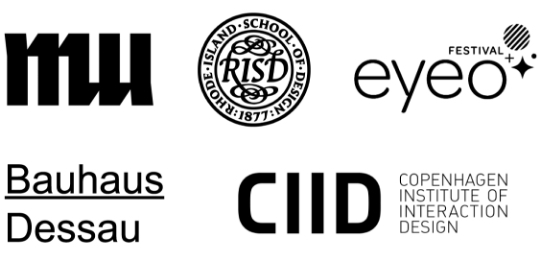Special thanks to:


Design Nonfiction
Transformations in design practice between the Dotcom Crash and the rise of machine intelligence
As technology becomes more complex and opaque, how will we as designers understand its potential, do hands-on work, translate it into forms people can understand and use, and lead meaningful conversations with manufacturers and policymakers about its downstream implications? We are entering a new technology landscape shaped by artificial intelligence, advanced robotics and synthetic biology.
Historically, design has transformed and generated new disciplines during times of fast technological change. Through conversations led by Tellart, this project explores and documents transformations in design between the Dotcom Crash and the rise of machine intelligence. Through reflections on key projects from this period and interviews with a community of today’s top design practitioners, Design Nonfiction explores the future of design practice. It emphasises the timeless need to make the invisible visible and the immaterial tangible, in order to sketch and build with emerging technologies.
Design Nonfiction is funded and produced independently by Tellart. The video media are available for free download and distribution through the Creative Commons Attribution-NonCommercial-NoDerivatives 4.0 license. Contact us with ideas for other forms you imagine this content can take!
* By clicking “Subscribe” I agree to receive emails from Tellart about occasional updates on projects, news and events and I understand that I may opt out of Tellart subscriptions at any time.
Sign up for our newletter